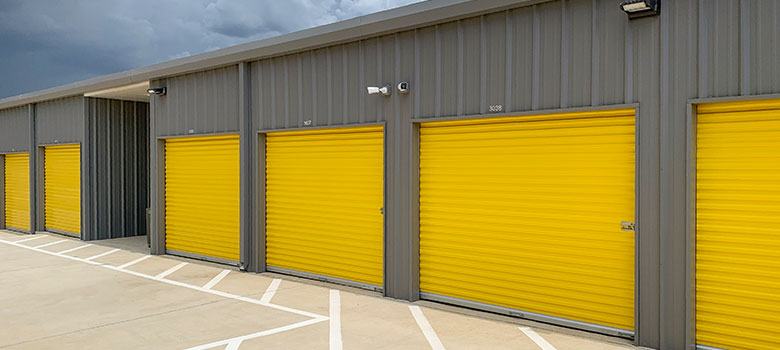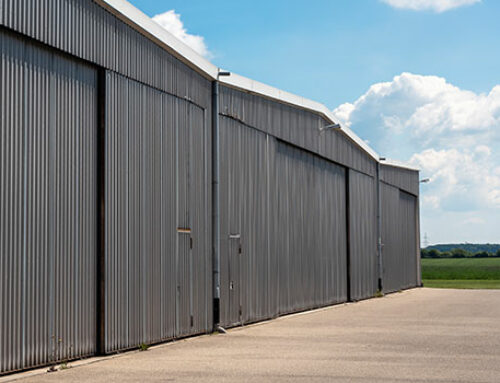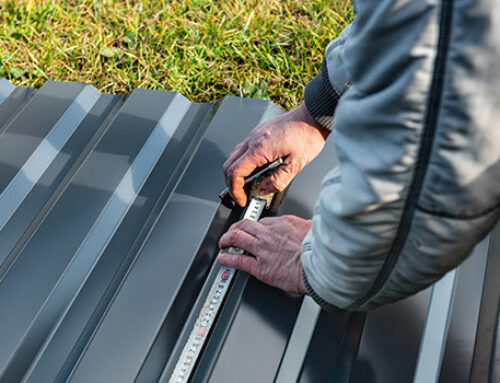When it comes to building your own shed, there are plenty of factors beyond price.
A good shed is a flexible space that can be used as a workshop, for storage, to house machinery and dozens of other creative applications. But one of the biggest questions you’ll need to answer comes down to material.
If you’ve been researching a new shed, chances are you’ve come across steel and wood.
Both options have their advantages and disadvantages, so it’s essential to evaluate your specific needs and requirements before making a final decision.
From durability and cost considerations to aesthetic appeal and environmental impact, each factor plays a crucial role in determining which type of kit is best suited to your unique circumstances.
In this article, we’ll delve into these aspects and provide insights to help you make an informed choice between a steel shed vs. a wood shed.
Let’s get right into it.
Before You Go… Find Out How to Design Your Own Shed
Steel vs. Wood: Durability and Maintenance
When it comes to durability, steel sheds have a clear advantage over their wooden counterparts. Steel is known for its strength and resilience, making it highly resistant to rot, pests, and fire. A well-constructed steel building can withstand harsh weather conditions, including heavy rain, strong winds, and even cyclonic conditions, which are all too common in many parts of Australia.
On the other hand, wood requires regular maintenance to ensure their longevity. Even when supported by experienced shed builders, wood can be susceptible to rotting, insect infestation, and decay, especially in humid climates. Proper sealing, treatment, and regular inspections are necessary to prevent these issues. Additionally, wood is more vulnerable to fire hazards, which can be a concern, especially in areas prone to bushfires.
POPULAR: 5 Reasons You Need a Storage Shed
Steel vs. Wood: Cost Considerations
Generally, steel sheds tend to be more cost-effective in the long run. While they may have a higher upfront cost, their durability and low maintenance requirements can save you money over time. Steel also has the advantage of being easy to assemble, which can further reduce labor costs. Additionally, steel is less likely to require repairs or replacement, making it a more economical choice in the long term.
Wood, on the other hand, can be cheaper upfront. However, the ongoing maintenance costs and potential repairs to a wood shed, for example, a simple backyard shed, can add up over time. You’ll need to factor in the cost of regular sealing, treating, and repainting to keep your wood building in good condition.
Steel vs. Wood: Aesthetic Appeal and Customisation
Many people find the natural warmth and charm of wood appealing, and it can blend seamlessly into various outdoor settings. Wood also offers more flexibility in terms of customisation. You can easily modify or paint them to match your desired color scheme or even add decorative features. This versatility allows you to create a shed that complements your existing landscape and enhances the overall visual appeal of your property.
Steel, while not as visually appealing to some, comes in a variety of designs and colors to suit different tastes. They offer a more modern and industrial look, which can be a perfect fit for certain environments or personal preferences. Steel is also available in various sizes and configurations, allowing you to choose the shed that best suits your storage needs whether you’re dealing with hay or livestock.
Steel vs. Wood: Environmental Impact
When considering the environmental impact, both steel and wood have their pros and cons. Steel is a recyclable material, and many steel buildings are made from recycled steel. This makes them a more sustainable choice for those concerned about the environment. Additionally, steel requires fewer trees to be cut down, which can help preserve forests.
Wood, on the other hand, is a renewable resource and has a lower carbon footprint during production compared to steel. If sustainability is a top priority for you, choosing a wood shed can be a more environmentally friendly option.
Steel vs. Wood: Regulations and Permits
Different areas may have specific guidelines regarding the construction, size, setbacks from property boundaries, and even material restrictions. It’s important to consult with your local council or obtain the necessary permits to ensure compliance with the regulations.
In many cases, steel has an advantage in terms of meeting these regulations. They are often pre-engineered and designed to meet specific building codes, making the approval process smoother. Steel also offers a higher degree of structural integrity, which can be a requirement in areas prone to cyclones or high winds.
Wood on the other hand, may require more detailed plans and engineering assessments to meet the necessary standards. The use of wood may also be subject to additional fire safety regulations, especially in bushfire-prone regions.
We Think You’ll Love… Sheds: Expectation vs. Reality
Steel vs. Wood: Noise and Insulation
Another aspect to consider is noise insulation. If you plan to use your shed as a workshop or storage space where noise may be a concern, steel tends to be more noisy compared to wood. The metal construction can amplify sound and reverberations, making them less suitable for activities that require a quiet environment. In contrast, wood offers better natural insulation against noise, providing a quieter atmosphere for your projects or storage needs.
However, if insulation is a priority, especially in extreme climates, both steel and wood can be insulated. With the addition of insulation materials, such as foam panels or insulation blankets, you can enhance the thermal properties and reduce noise transmission in both types.
So, Are Steel Sheds Better Than Wood?
In short – that’s up to you.
Let’s wrap up what we’ve learned so far.
| Steel Sheds | Wood Sheds |
| Durability
Low Maintenance Long-term savings |
Natural aesthetic appeal
Easy customisation May be more budget friendly |
Remember to consider your specific needs, budget, aesthetic preferences, and local regulations before making a decision. Ultimately, selecting the right material will ensure a functional, durable, and visually pleasing addition to your property, serving your storage or workshop needs for years to come.
Whether you opt for the strength and longevity of steel or the natural charm and customisation of a wood building, both options have their merits and can provide a reliable and efficient storage solution for your Australian property.
Need a little help making your choice? Request an obligation-free quote online or chat to a member of the Shed Barn team on 1300 954 211 today.















